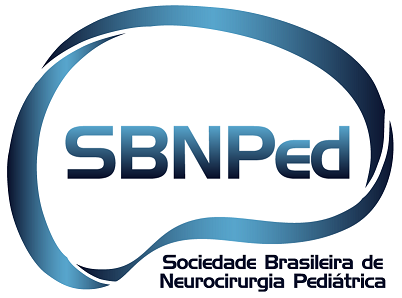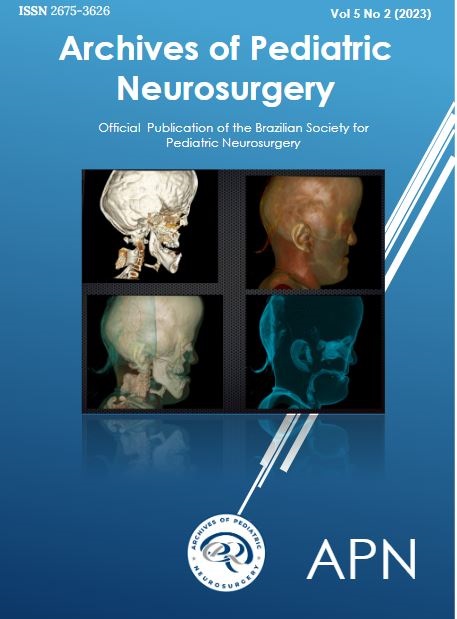Notícias
Vol. 5 Nº 2 (2023): Archives of Pediatric Neurosurgery
Abstract :The future of Pediatric Neurosurgery and ChatGPT: an editor's perspective
The field of pediatric neurosurgery is constantly evolving, and it is difficult to predict the exact future of the field. However, there are some trends and developments that are likely to shape the future of pediatric neurosurgery:
-Advancements in technology: Technology is rapidly advancing, and this is likely to have a significant impact on pediatric neurosurgery. For example, robotic-assisted surgery is becoming increasingly common, which can improve precision and reduce the risk of complications.
-Gene therapy: Gene therapy is a promising area of research that has the potential to revolutionize the treatment of many neurological disorders. In the future, gene therapy may be used to treat disorders such as brain tumors and epilepsy.
-Stem cell therapy: Stem cells have the potential to differentiate into a wide range of cells, including neurons. This makes stem cell therapy a promising area of research for the treatment of neurological disorders.
-Minimally invasive procedures: As technology advances, minimally invasive procedures are becoming increasingly common. These procedures typically involve smaller incisions, less scarring, and a faster recovery time.
-Precision medicine: Precision medicine is an approach to healthcare that involves tailoring treatment to the specific needs of each patient. In the future, pediatric neurosurgeons may use precision medicine to develop personalized treatment plans for each patient.
Overall, the future of pediatric neurosurgery looks promising, with advances in technology, gene therapy, stem cell therapy, minimally invasive procedures, and precision medicine likely to have a significant impact on the field.
As the human author of this article, I would like to state that the majority of this article was written by ChatGPT. The use of chatbots and natural language processing (NLP) technology, such as generative pretrained transformer (GPT), has the potential to revolutionize the field of medical writing, albeit with caution.
Acesse aqui

